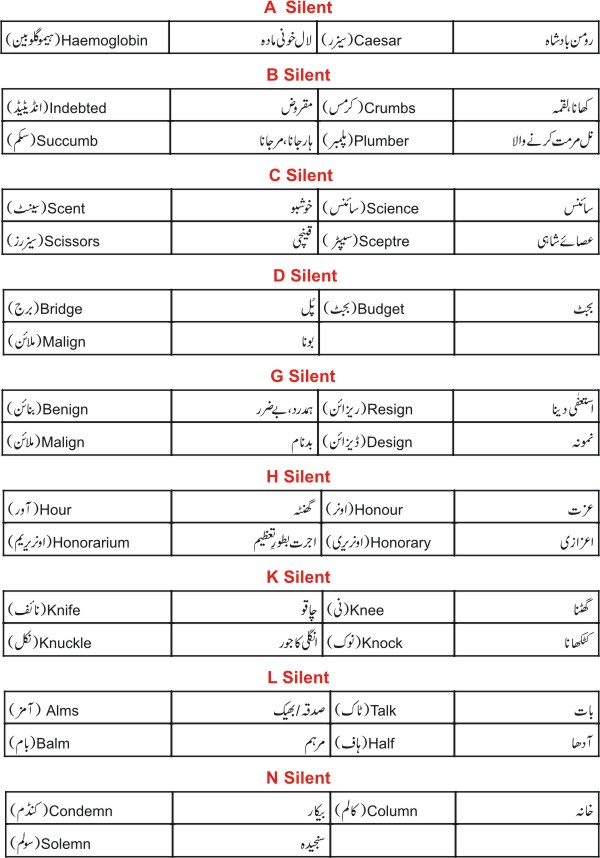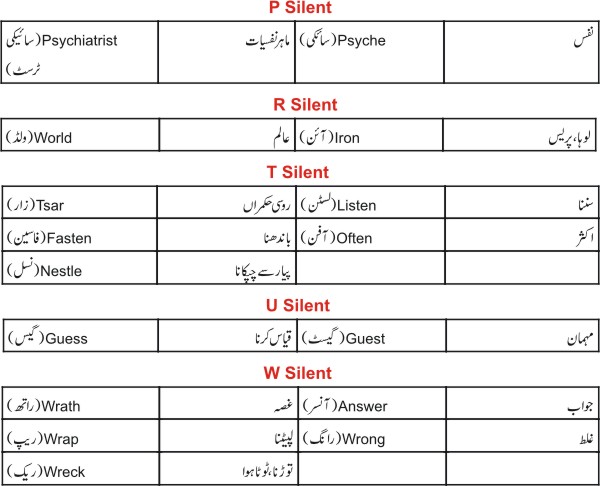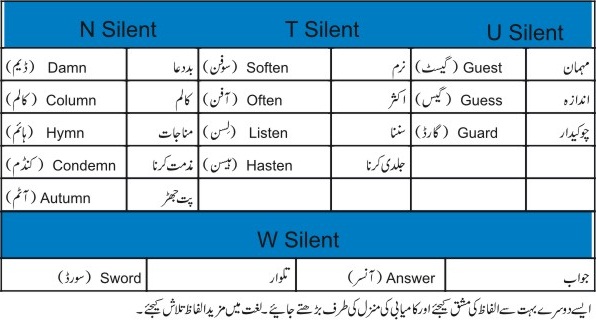Silent letters in English
There are lot of silent letters in English language . Pronunciation of different words is different and there is no rule for silent letters, Spelling of silent letters is a problem for native speakers as well as non natives.
Silent letters can be a tricky aspect of the English language for non-native speakers to understand. These letters are written in a word but not pronounced when speaking, which can be confusing for those who are learning the language. Here are some key things to keep in mind when it comes to silent letters in English.
-
Silent letters are common in English words. Some examples of words with silent letters include “knight,” “debt,” “ballet,” and “pneumonia.” In many cases, silent letters serve to indicate the word’s history or etymology.
-
Silent letters can change the pronunciation of a word. For example, the word “knight” is pronounced with a silent “k” at the beginning, which changes the sound of the “i” from a short vowel to a long vowel.
-
Silent letters can be confusing for non-native speakers. It’s important to learn which letters are silent in which words in order to avoid mispronouncing them.
-
Some common patterns with silent letters include:
-
The letter “b” is often silent at the end of a word after the letter “m,” such as in “dumb” or “thumb.”
-
The letter “g” is often silent at the end of a word after the letters “n” or “i,” such as in “sign” or “foreign.”
-
The letter “h” is often silent at the beginning of a word, such as in “honor” or “hour.”
-
The letter “k” is often silent at the beginning of a word before the letter “n,” such as in “knee” or “knock.”
-
The letter “w” is often silent at the beginning of a word before the letter “r,” such as in “wrist” or “wrong.”
-
It’s important to learn the correct spelling of words with silent letters. Incorrect spelling can lead to confusion and misunderstandings.
-
Practice is key when it comes to learning how to pronounce words with silent letters. Reading aloud and listening to native speakers can help improve your pronunciation and comprehension.
In summary, silent letters are a common aspect of the English language, and learning how to recognize and pronounce them correctly is important for effective communication. With practice and attention to detail, non-native speakers can become confident in their ability to navigate words with silent letters.
“In an alphabetic writing system, a silent letter is a letter that, in a particular word, does not correspond to any sound in the word’s pronunciation. Silent letters create problems for both native and non-native speakers of a language, as they make it more difficult to guess the spellings of spoken words.
Phonetic transcriptions that better depict pronunciation and which note changes due to grammar and proximity of other words require a symbol to show that the letter is mute”.
Source: http://en.wikipedia.org





